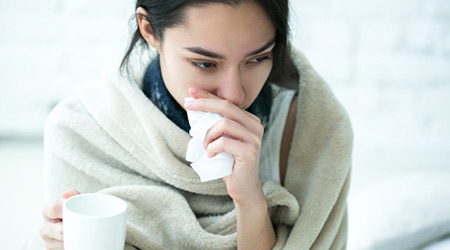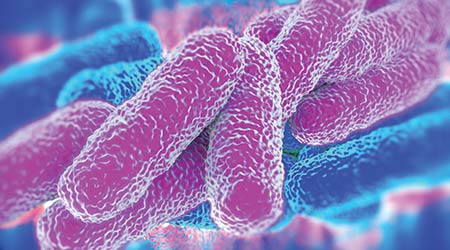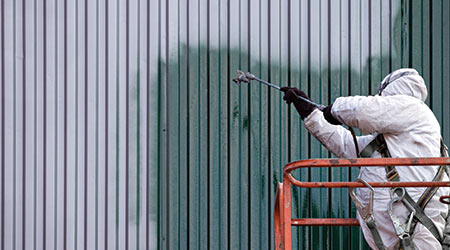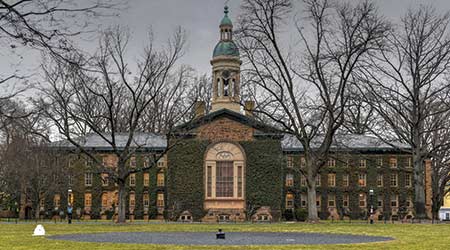
Sick Building: University Opens ‘Hotel Influenza’
July 2, 2018
The health of indoor environments can directly affect the productivity and health of building occupants and visitors. For these reasons, ensuring a facility’s indoor air quality and the performance of its HVAC systems are high priorities for maintenance and engineering managers.
So why would an organization deliberately introduce influenza to one of its buildings? And how could managers ensure the disease would not spread and infect all occupants and visitors. Those are the questions that facility managers with Saint Louis (Mo.) University faced when the university’s Center for Vaccine Development opened the Extended Stay Research Unit, dubbed Hotel Influenza.
The university “has invested in this because it is an important way to potentially contribute significantly to the development of a universal flu vaccine,” says Daniel Hoft, the center’s director. The facility allows researchers to conduct human challenge influenza studies, which differ from the more common flu vaccine clinical trials historically done at the university, according to the university.
Human volunteers receive a vaccine or placebo and are intentionally exposed to a strain of the influenza virus. Volunteers are quarantined in the unit for about 10 days. During that time, they are observed and have blood and lung tests and nose swabs to see if they are infected with flu and shedding the virus, which means the virus is present in mucus and other body secretions and can be transmitted to others.
The in-patient challenge unit has been designed to protect the safety of study volunteers and non-study participants in the building. The facility is separated from offices in the rest of the building by double-door entrances that create negative pressure. Its HVAC system provides aerosol containment because recent data has demonstrated flu can be transmitted through airborne droplets.
There is a clean room with work spaces for non-volunteers who come and go into the unit, as well as a changing area where nurses and doctors put on or remove personal protective equipment that they wear whenever interacting with volunteers who might be infected with flu.
This Quick Read was submitted by Dan Hounsell — dan.hounsell@tradepressmedia.com — editor-in-chief of Facility Maintenance Decisions, and chief editor of Facilitiesnet.com.
Next
Read next on FacilitiesNet












